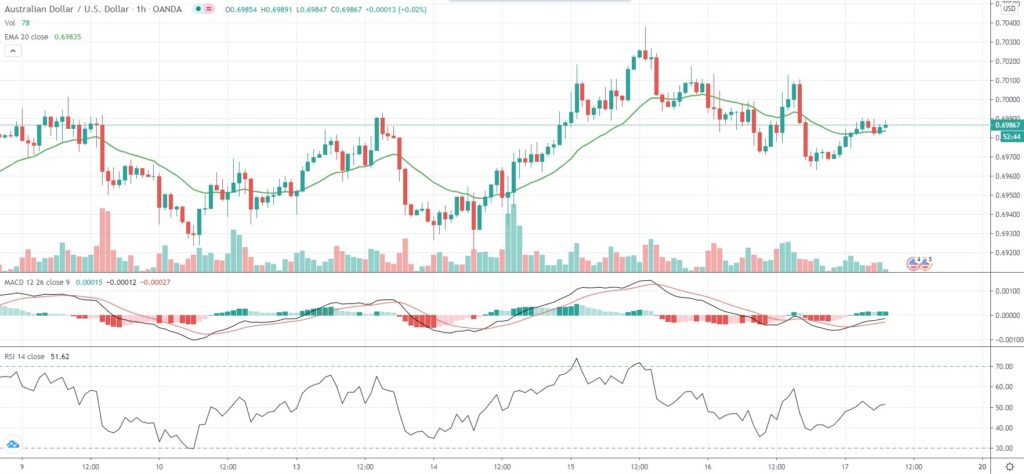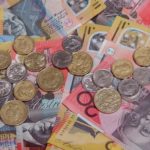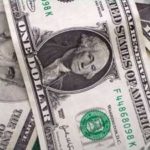Having failed to hold above psychological 0.7000 level on several occasions since the start of July, AUD/USD traded within a narrow range just below that mark on Friday, but was still set to register its fourth straight week of gains.
The US Dollar held gains against the majority of its peers overnight, after the United States set a new daily record for new COVID-19 infections on Thursday, with states such as Florida, South Carolina and Texas reporting their sharpest single-day surge in new cases. Over 77,000 new infections were reported across the country, while the virus claimed the lives of 969 people during the past 24 hours, or the largest death toll increase since June 10th.
Some analysts expressed concerns the continuing surge in new infections was already posing a threat to US labor market and economic activity, while others stressed on worsening US-China relations as a reason to avoid risk, at least for the time being. Tensions between Beijing and Washington have recently heightened on several fronts, including civil liberties in Hong Kong, access to technology and territorial claims.
“The dollar looks like a good safe haven now because of worries about a return to coronavirus lockdowns,” Minori Uchida, head of global market research at MUFG Bank, said.
“But I worry that the dollar will start to lose this status if long-term Treasury yields continue to fall,” Uchida added.
As of 6:55 GMT on Friday AUD/USD was edging up 0.20% to trade at 0.6986, as it moved within a daily range of 0.6968-0.6990. The major pair has risen 0.52% so far this week, while being set to record its fourth week of gains in a row.
In terms of economic calendar, today market players will be paying attention to US housing data due out at 12:30 GMT. The number of housing starts in the country probably rose to 1.169 million units in June, according to market expectations, from the seasonally adjusted annual rate of 0.974 million in May.
Meanwhile, the number of building permits probably increased to 1.290 million in June from an annual level of 1.216 million in May.
Additionally, the monthly survey by Thomson Reuters and the University of Michigan may show that consumer confidence in the United States continued to improve in July. The preliminary consumer sentiment index probably rose to 79.0 in July from a final 78.1 in June. Last month, the sub-index of current economic conditions was revised down to 87.1 from a preliminary 87.8, while the sub-index of consumer expectations was revised down to 72.3 from a preliminary 73.1. The preliminary report will be released at 14:00 GMT.
AUD traders will be expecting the Minutes from Reserve Bank of Australia’s July monetary policy meeting, scheduled to be released on July 21st, and the Australian government’s “mini-budget”, scheduled to be announced on July 23rd.
Bond Yield Spread
The spread between 2-year Australian and 2-year US bond yields, which reflects the flow of funds in a short term, equaled 13.9 basis points (0.139%) as of 6:15 GMT on Friday, up from 13.2 basis points on July 16th.
Daily Pivot Levels (traditional method of calculation)
Central Pivot – 0.6984
R1 – 0.7005
R2 – 0.7038
R3 – 0.7059
R4 – 0.7080
S1 – 0.6951
S2 – 0.6930
S3 – 0.6897
S4 – 0.6865






